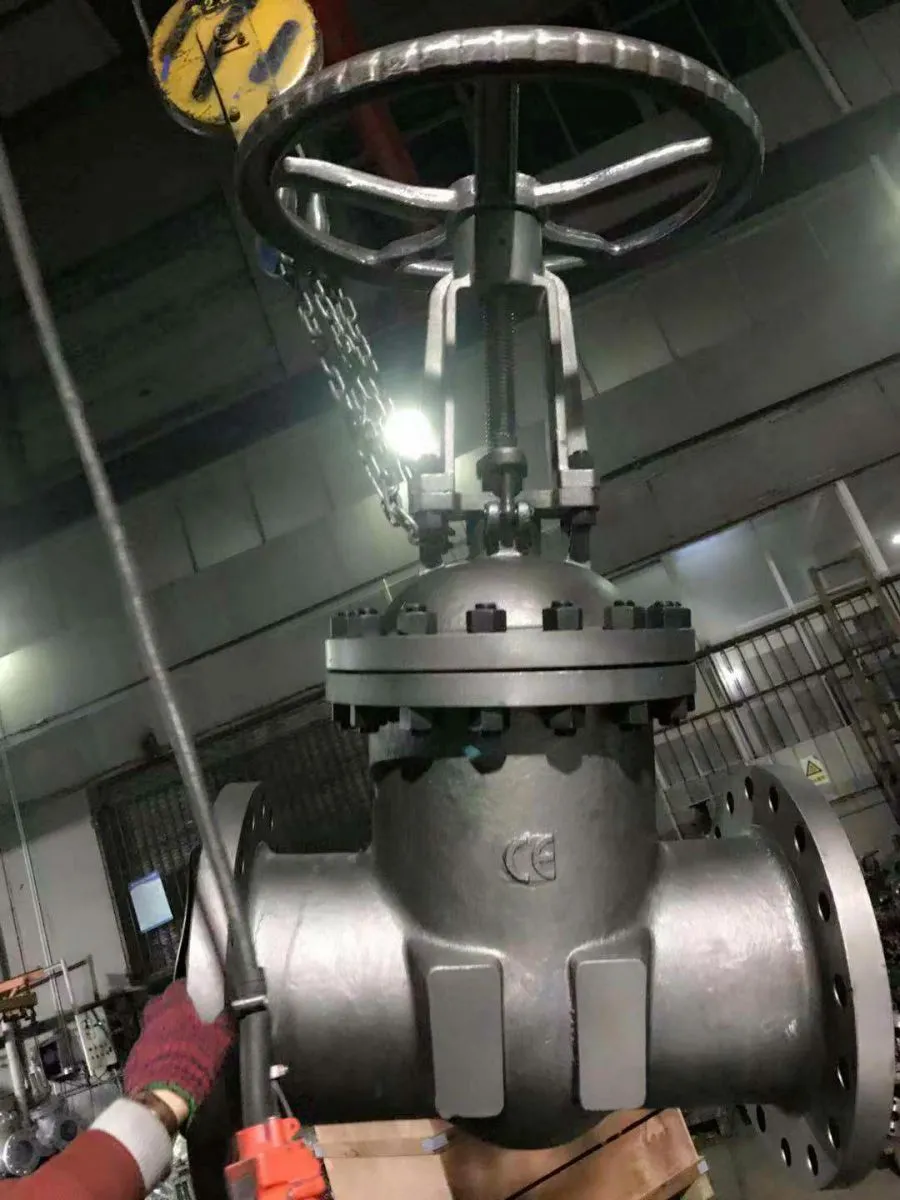1.Unpacking
All valves must be examined for signs of damage that may have occurred during transportation. Any damage observed during the inspection should be
documented in an inspection report. Serious damage should be reported to Samshin Limited in order to determine if repair or replacement of the equipment
is necessary. Care must be exercised when unpacking the valve to avoid damage to the valve or injury to personnel.
2.Handling and Preparation
CAUTION-Do not lift the entire valve by the Actuator since damage could result. Instead use sling or straps under the valve Body for lifting the equipment.
Remove the end protectors from the valve ends. Clean the piping and valve of all foreign material such as welding chips, scale, oil, grease or dirt. Weld end
preparations must be cleaned properly with a suitable solvent.
3.Installation in Pipeline
Although Gate, Globe, Lift Check, Non-return, Angle Stop Check and drain Valves are normally installed in a horizontal or a vertical pipeline, they can be
installed in any pipeline inclination.
CAUTION---The valve must be partially open during welding and stress relieving operations in order to prevent the valve Disc from becoming stuck due to
thermal expansion and/or arcing. After welding and stress relieving is completed, the valve should be fully closed again.
4.Pressure seal valve installation tips
A pressure seal valve needs to have its body/bonnet bolts torqued down to the specified torque when the valve is at operating temperature and pressure. This
is necessary for the pressure seal ring to be properly compressed. The pressure seal concept is designed to seal with operating pressure. The bonnet is forced
up into the seal ring with increasing pressure, which in turn forces the seal ring to seal against the valve body. This will only result in greater sealing capability
when the bolts are re-tightened to resist the added force.The seal ring bolt tightness must be rechecked after operating test pressure and temperature has been
achieved. Without a live-loaded bonnet, bolt tightness will be lost when the system loses pressure. A live-loaded bonnet may also lose some bolt load, due to
vibration in transit or bolt creep. It is essential to check live-loaded retainer bolt torque at operating pressure. Once torqued at operating pressure, no future
tightening of retainer bolting will be necessary, unless the valve has been dismantled.
Check the seal ring torque at operating temperature and if the leakage of seal ring happen, re-tighten the retainer bolting.

